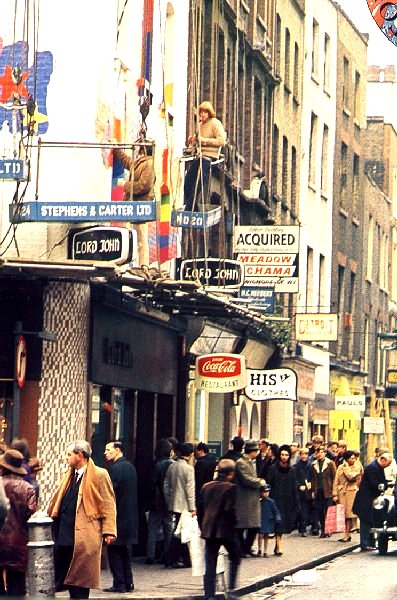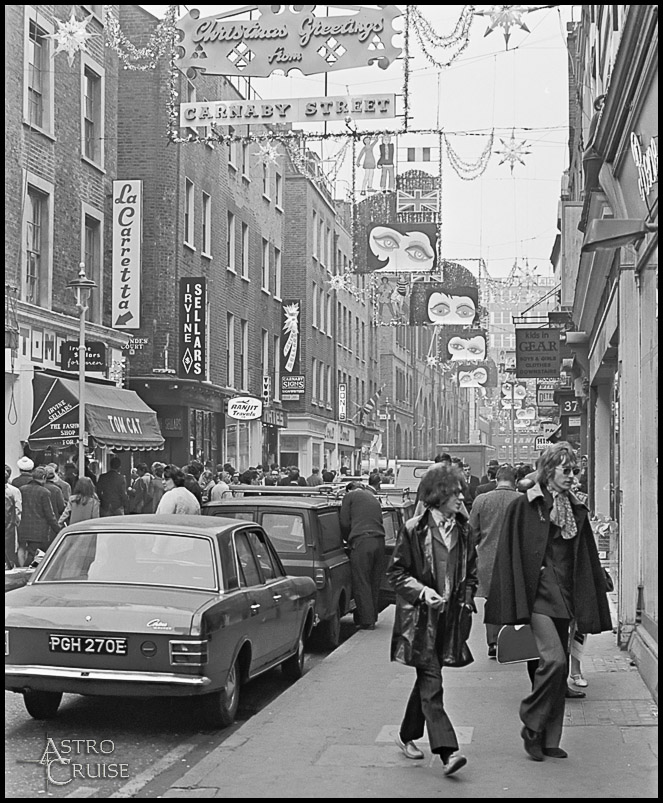








MONTHLY FILM BULLETIN
THE BRITISH FILM INSTITUTE
Volume 16, No.189, September 1949, page 159
THIRD MAN, THE (1949)
The basis of The Third Man is melodrama, but its mood is less precise. Its story is not particularly exciting - sinister and chilling, rather: emphasis is on character and atmosphere, not action, the intrigues and concealed horrors of post-war Vienna. Graham Greene's script tells the story of Martins, an engaging but rather seedy American writer of western stories, who arrives in Vienna to work for his friend, Harry Lime. He is told by a cold, disillusioned British police officer that Lime, a notorious racketeer, has been killed in a street accident. Unbelieving, Martins begins to track down all those who knew his friend: the lonely, frightened actress with forged papers who was in love with him; two acquaintances, the effete Kurtz and the shifty Popescu, who witnessed the accident; his porter and his doctor. These investigations lead him to the heart of seaminess and corruption in Vienna, to the discovery that Lime (a disarmingly shameless scoundrel) is still alive, to a struggle with his conscience which ends with the eerie pursuit of his friend, who most aptly retreats to the sewers of the city.
Although much of the film was shot on location in Vienna, it does not give an intimate picture of the city. The dead-looking streets with their piles of bombed masonry, the interiors with relics of splendour, the half-empty cafes and the enormous, glistening sewers (all most atmospherically photo-graphed by Robert Krasker), seem to exist in a sad, decaying no-man's-land. The melancholy scene is heightened from the first by the brilliant use of zither music with its relentless, jangling tunes.
By the side of this lost, dislocated city, the human beings with their shabby intrigues and miseries are almost insignificant. At the end, they fade back into the shadows and are gone completely. But the impression left by the film is lasting and powerful, because the characters are sharply created and well-acted: Trevor Howard particularly good as the British officer, Welles magnetic in the small role of Lime, Joseph Cotten catching exactly the moodiness and uncertainty of Martins, Ernst Deutsch and Paul Hoerbiger excellent as Kurtz and the porter. Only Valli, as the actress, is rather negative, and one feels her relationships with both Lime and Martins are too thinly conveyed.
By the very nature of its settings and story, there are occasional reminiscences of Lang and Hitchcock, but there is nothing borrowed or imitated. Stylistically, The Third Man is Reed's most impressive film. If you dislike unremitting objectivity, if you insist that films should make a more personal statement, you will be dissatisfied with it and admire only its controlled perfection of technique. But as an analyst of mood and situation, Reed is practically unequalled today, and it is unjust, I think, to label him simply a technician without emotion since his style is so clearly adapted to serve this acute, deliberately impassive attitude.
The Monthly Film Bulletin was published by the British Film Institute between 1934 and 1991. Initially aimed at distributors and exhibitors as well as filmgoers, it carried reviews and details of all UK film releases. In 1991, the Bulletin was absorbed by Sight and Sound magazine.






